Skvader ([ SKVAH-der ] | / ˈskvɔ dər, ˈskvɒd ər /)
Askvader is an avian lagomorph; essentially, a rabbit with bird wings. Traditionally, they have been described as resembling a cross between a rabbit and local wild fowl, but this isn't entirely accurate. Skvaders seem to display a wide variety in their plumage that resemble other local birds, or are unique.
Basic Information
Anatomy
The skvader is a lagomorph with wings and feathers. It has been described in various combinations of birdlike and rabbitlike features, but the skvaders that have been recorded to date have all had essentially lapine bodies, with a true set of wings that resemble those of birds. All the observed skvaders thus far have been capable of flight, though only for short distances.
These wings are complete limbs, which exist separate from, and in addition to, the skvader's four perfectly normal lapine legs. As a result, the skvader often appears unusually pudgy or fluffy, since a completely separate set of muscles is also required to operate the wings.
However, a lagomorph is not particularly aerodynamic, so a skvader in flight can hardly imitate the feats of stooping hawks or soaring eagles. Flight is most often used briefly to escape predators or react to possible threats, and tends to consist of more gliding than flying.
When in flight, a skvader positions itself vertically, with its wings holding it up by its shoulders. The effect somewhat resembles the position of a hang glider and pilot.
A skvader's tail is a unique structure, with twelve short retices growing out of the top of a rabbit's typical fluff. It is used much the same as the rudder of a boat. However, it allows the skvader to maintain the uses of its tail that are more typical of other lagomorphs, such as warning their fluffle that they might have been heard or seen, and confusing predators by creating a focal point, buying themselves a moment of escape time. Retices are also relevant to mating, as are crests, which are specific to bucks and not does.
Otherwise, skvaders share the usual powerful hind legs, claws, sharp incisors, long ears and fluffy tails of all lagomorphs, allowing them to chew through even the toughest materials given time, evade predators by outrunning and out-hopping them before they resort to flight, and fight when they must.
Genetics and Reproduction
Speculation on the possible genetic relationships of cryptid lagomorphs is a hot topic in science currently. For the moment, skvaders have been classified as rabbits by Symmerin University, after an extensive debate by naturalists.
Feathers seems to serve additional roles in mating. Bucks and does alike will fan their tails to attract mates, and bucks often have decorative crests, which they will ruffle and display for the same purpose. Bucks have been observed engaging in similar "strutting" gaits to the cocks of fowl to attact the attention of does. In some cases, they have also been observed beating their wings to make a "drumming" noise as ruffled grouse do.
Like other lagomorphs, skvaders seem to breed frequently and bear many young at once, often from several different bucks. Breeding seasons vary and usually last for nine or ten months of the year, depending on climate, and the gestation period is about four weeks long.
Compared to most rabbits, however, litter sizes are small. Each doe produces up to four litters a year, ranging from only one to five kits (sometimes also called "chicks," although this description is technically inaccurate.) They nurse their litters in burrows, preferably dug into hillsides or buttes with good visual range, or beneath thick undergrowth in wooded areas. A fluffle will nest together in a cluster of burrows, but do not create warrens.
Growth Rate & Stages
Kits are born live, naked, and hairless, although a coat of down grows in within a couple of days. The first moult takes place after about a month, and young skvaders will begin their first efforts at flight as soon as proper feathers have grown in. By about three months old, they are capable of keeping up with their parents in the air, and they leave the burrow at sexual maturity, which happens at about the age of six months.
Ecology and Habitats
Skvaders seem to prefer wooded areas, especially in higher elevations. Some of this range overlaps the range of the horned hare or jackalope, and they may be in competition for similar resources.
Dietary Needs and Habits
Although there is no such thing as a strict herbivore, the skvader comes close. Its diet mostly consists of grasses. Captive skvaders seem to share the archetypal lagomorphic love of carrots and bananas. Like rabbits, they digest food in two stages, first producing pellets, which they later chew to gain the most nutritional value that they can.
Behaviour
The skvader appears to be fairly typical of other rabbits and hares; alert, twitchy, responsive to danger in its environment, and preferring flight over fight. Socially, it organizes in "fluffles," also sometimes incorrectly called "flocks," that interact, scuffle, interbreed, and protect each other from predators.
Additional Information
Domestication
Aerial species, such as Allyri and Allyriposa, Sylphs and so forth, often keep skvaders as pets or familiars. They are reputedly quite affectionate and make excellent companions.
Uses, Products & Exploitation
Skvaders offer the best qualities of rabbit and chicken in their meat, and aerial species often do raise them for this purpose. They are said to make excellent soup and hot wings. Their pelts are valued in luxury clothing tailoring for its softness and unique combination of fur-and-feathers.
Perception and Sensory Capabilities
The skvader has all the advantages of a lagomorph's keen senses; keen colour vision, widely-spaced eyes, excellent hearing thanks to its long ears, long whiskers to feel its way in the dark. These all aid the creatures in evading their many predators.
Don't forget that you can click on the blue compass on the left to access the Table of Contents at any time!
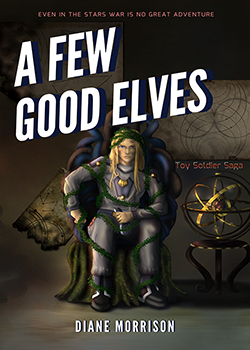
Want to read all of the Toy Soldier Saga fiction, even before the rest of the world does?Subscribe now!
Scientific Name
Oryctolagus alatus
Lifespan
8-10 years
Geographic Distribution
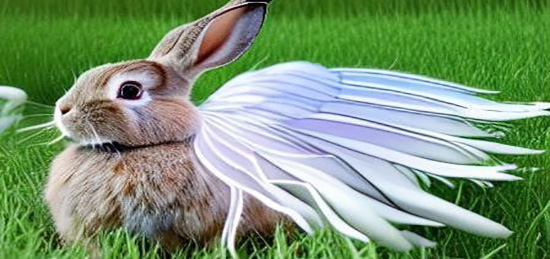
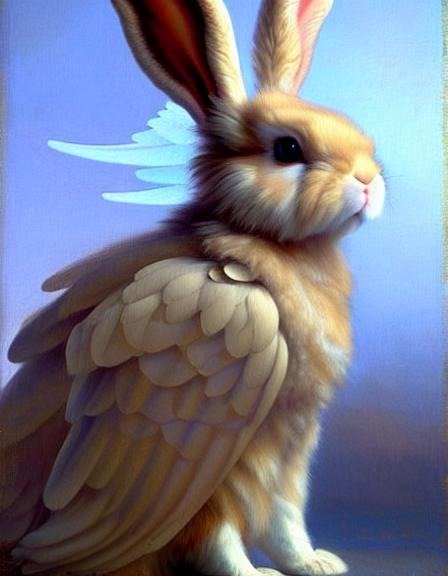
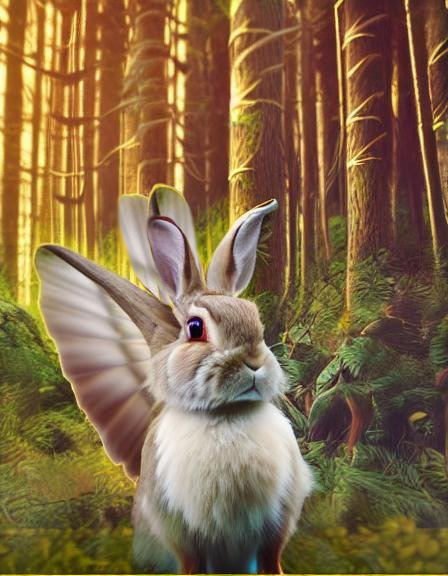
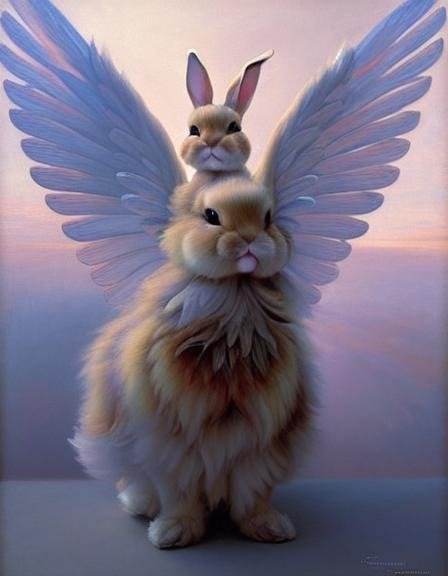



Comments